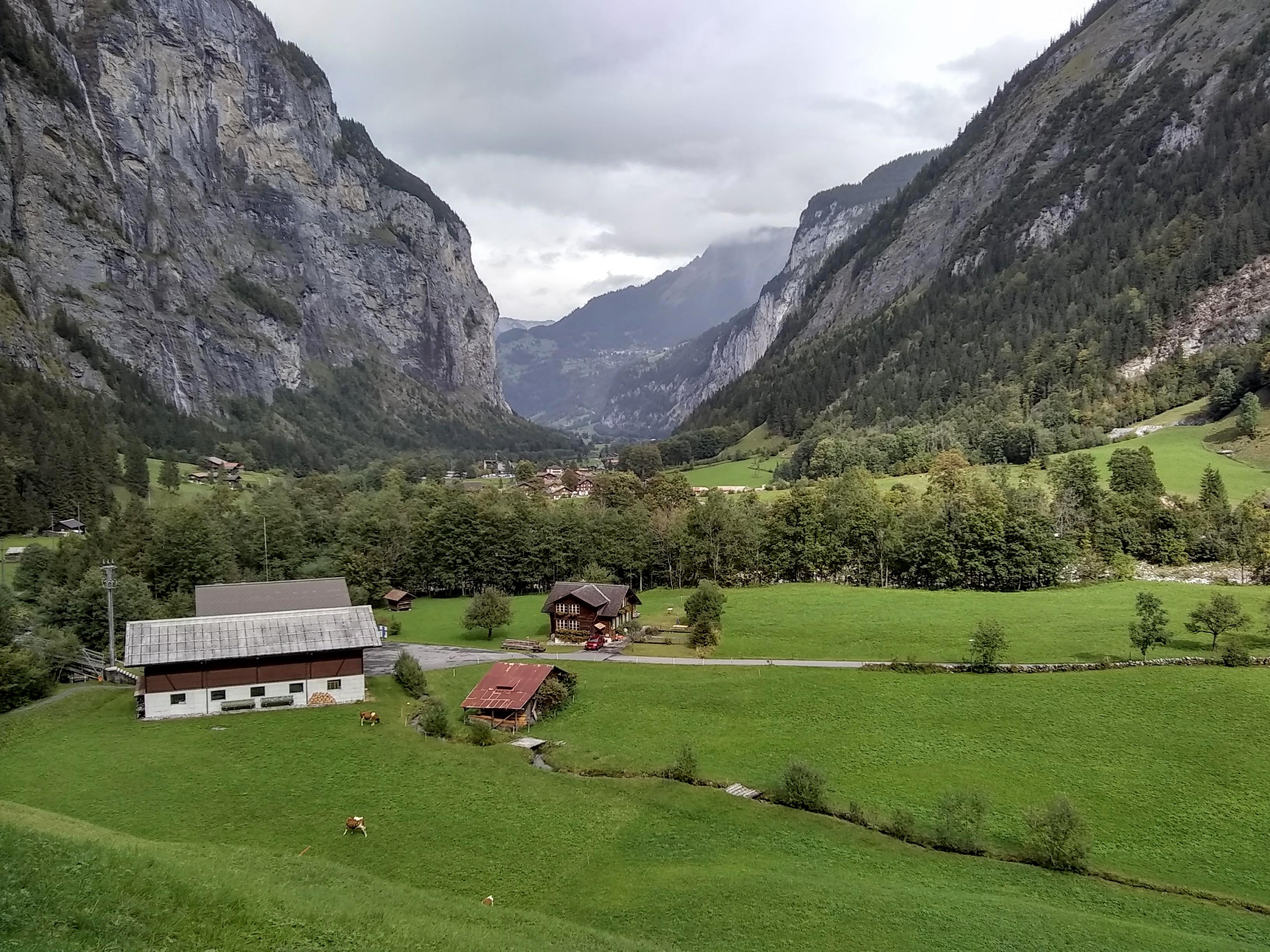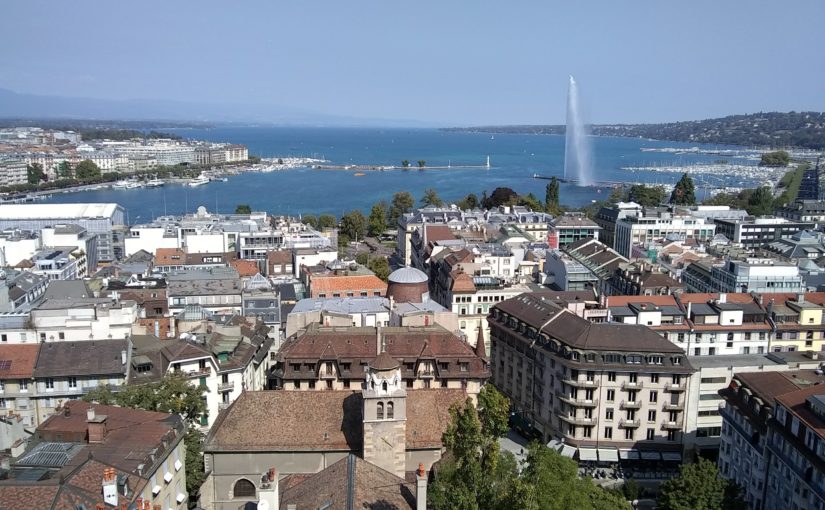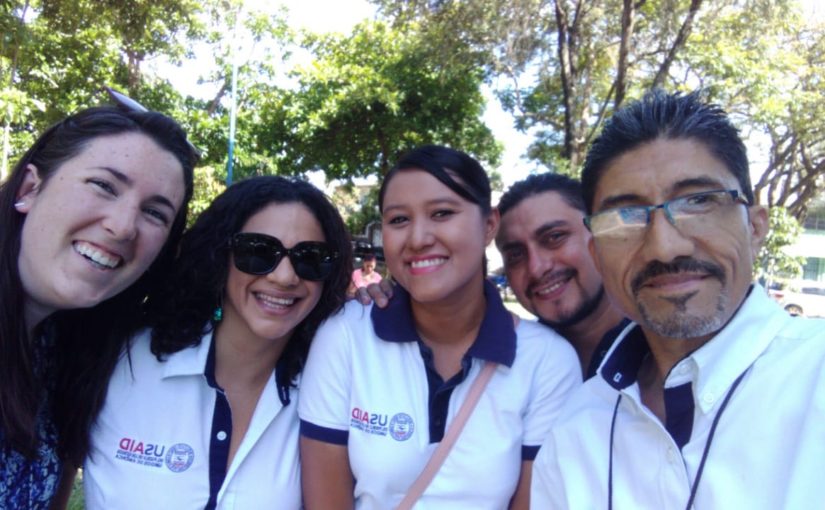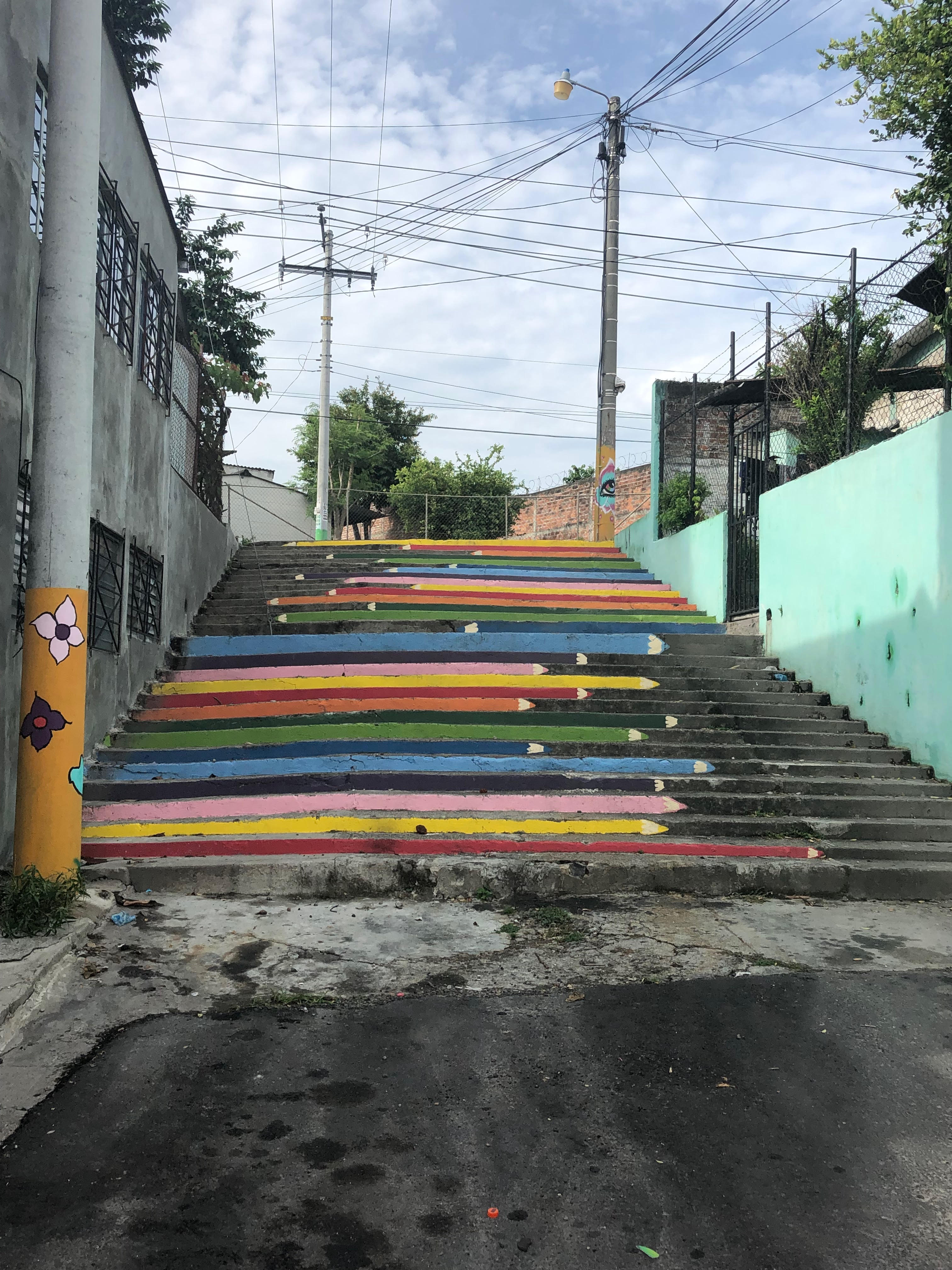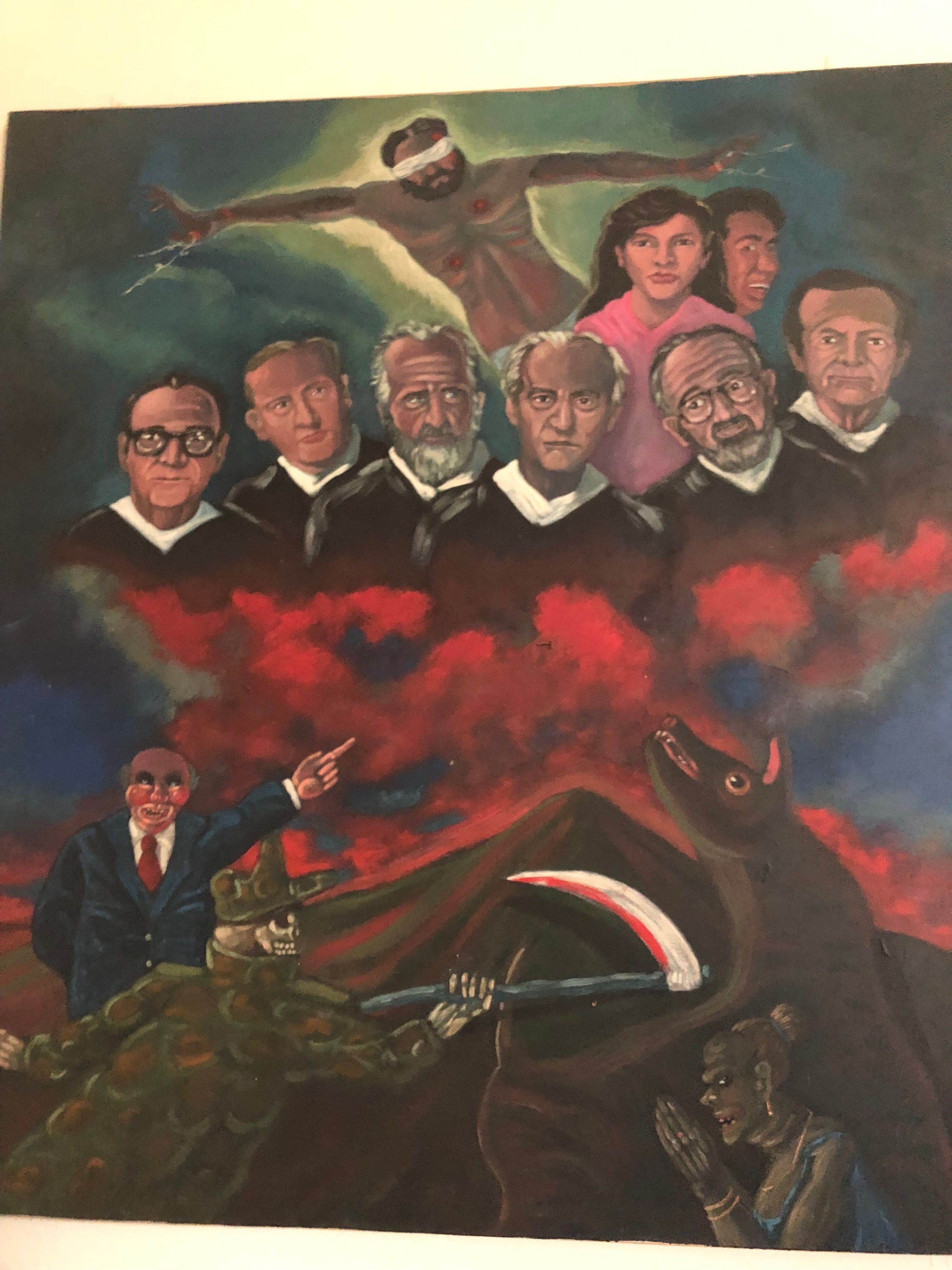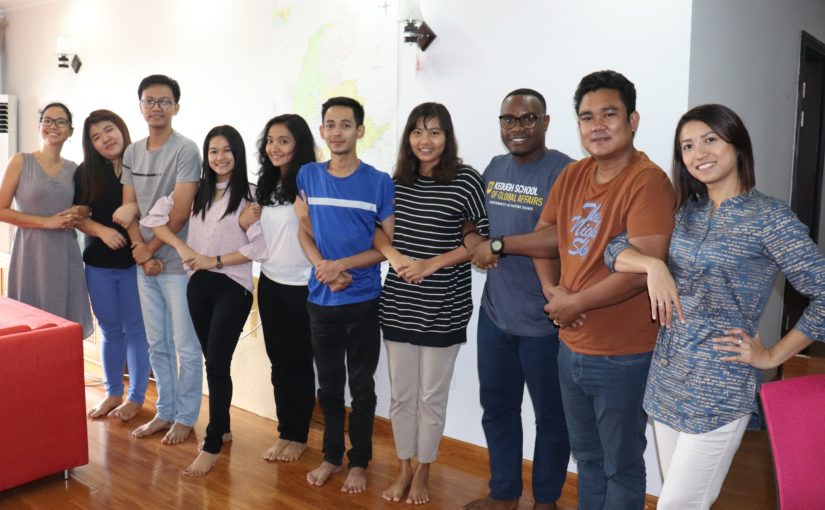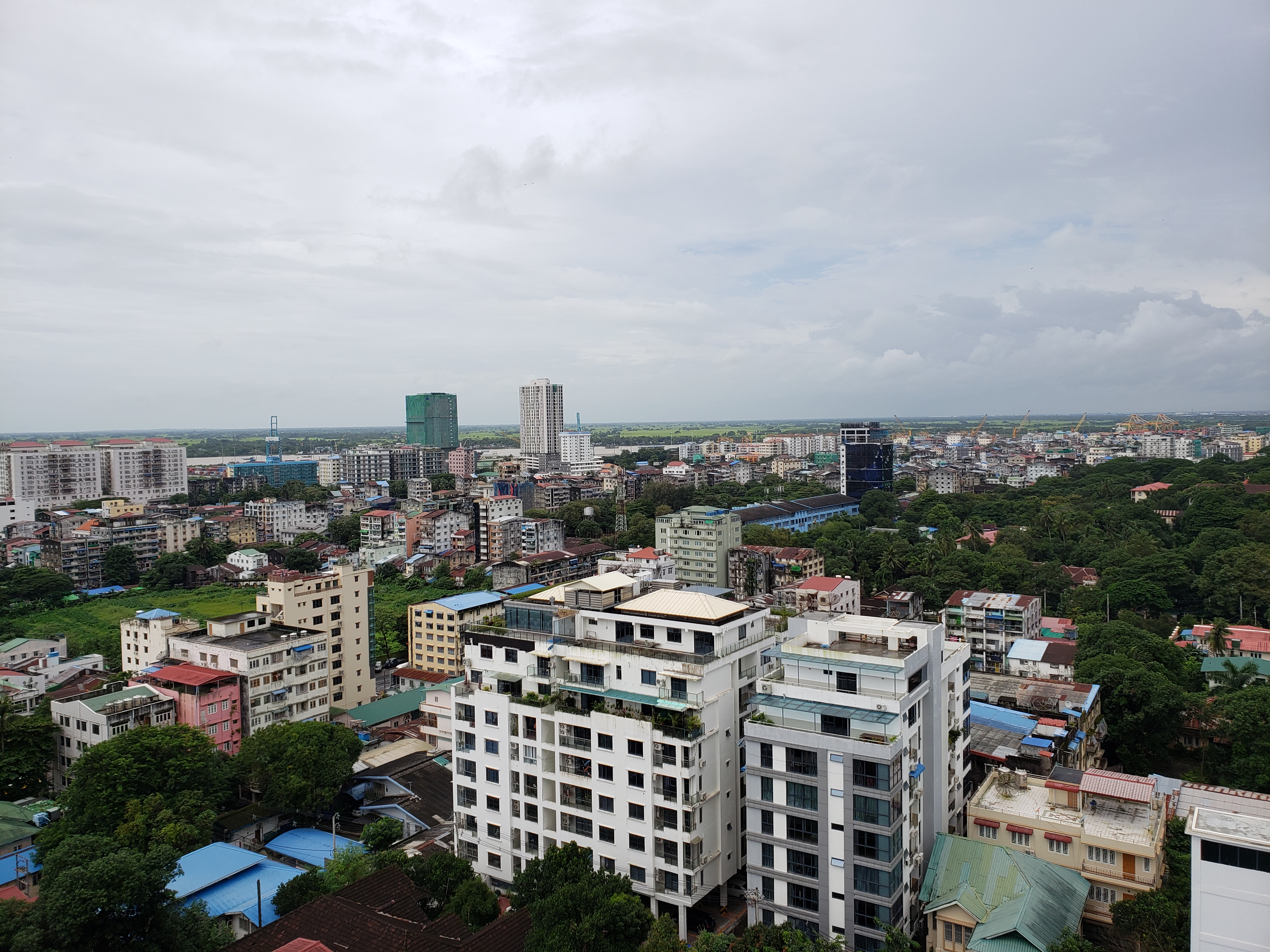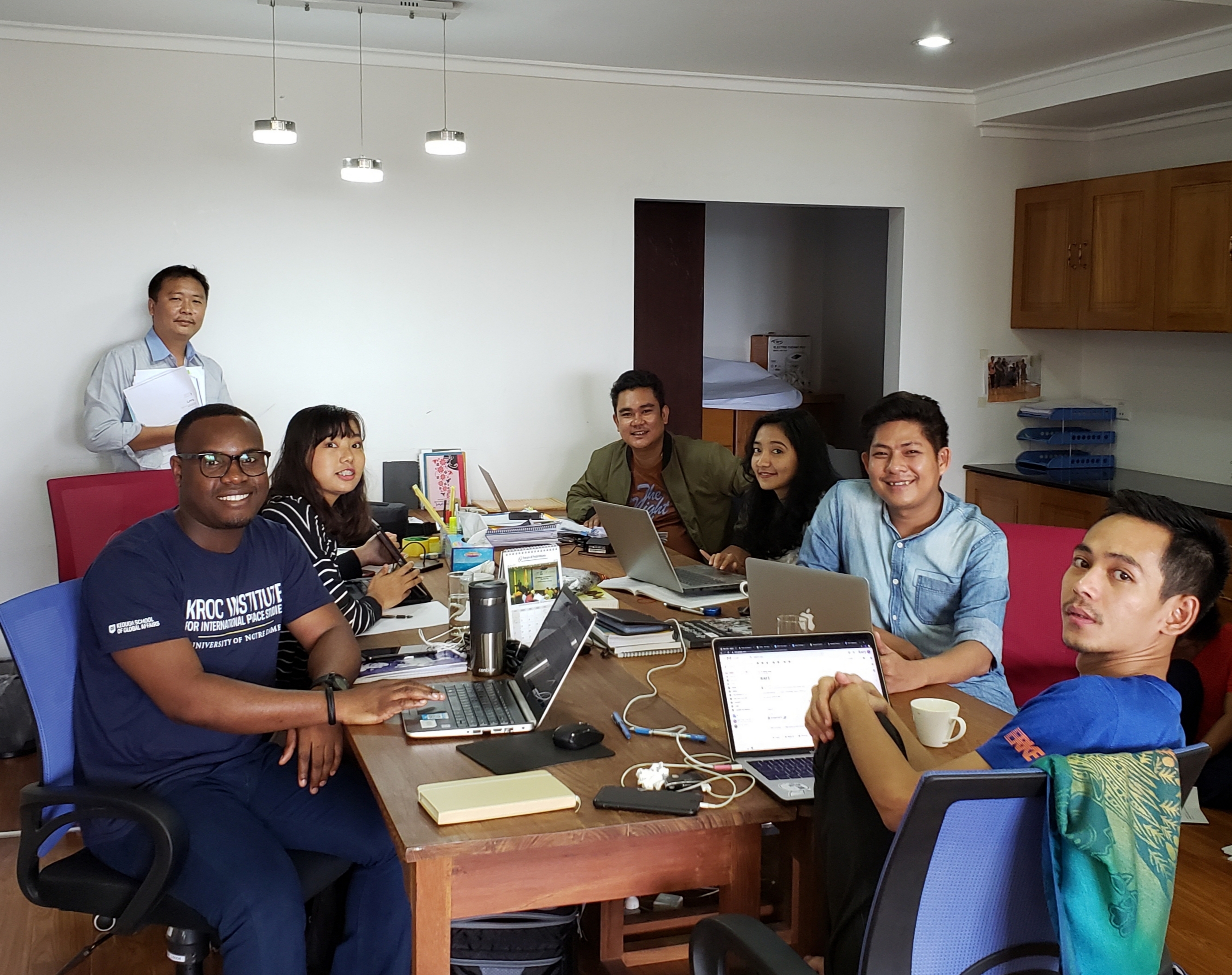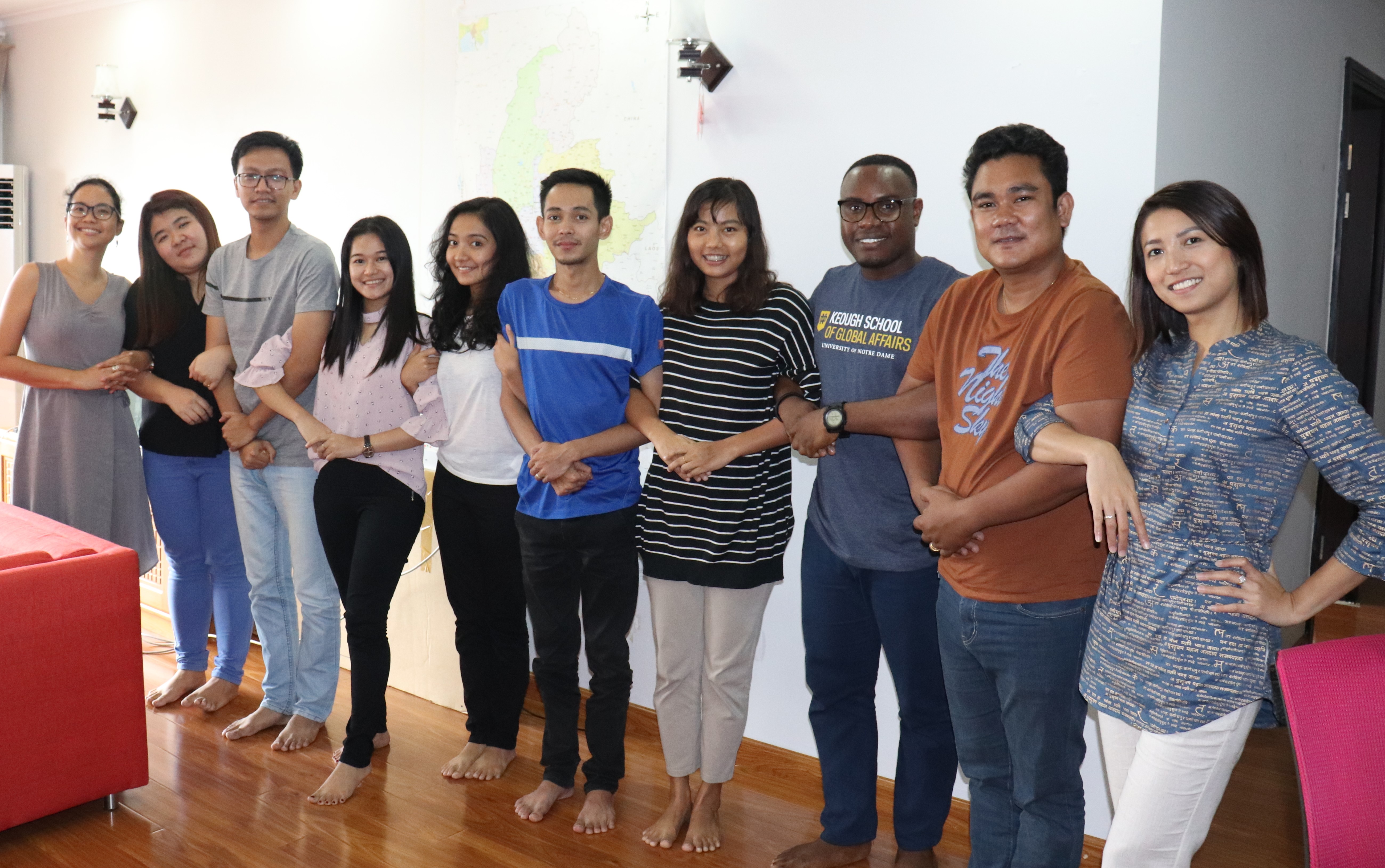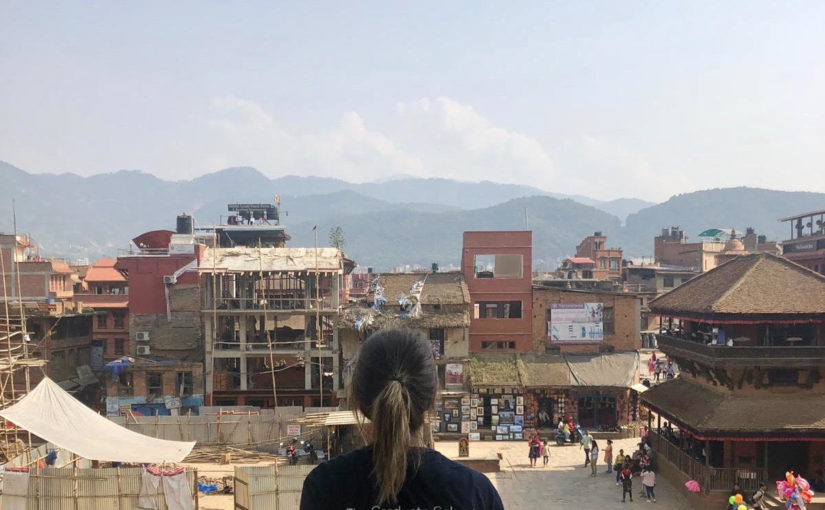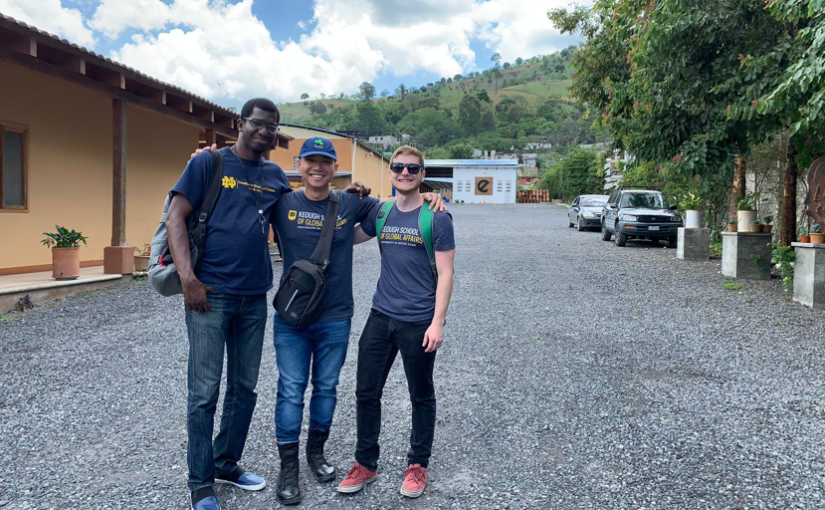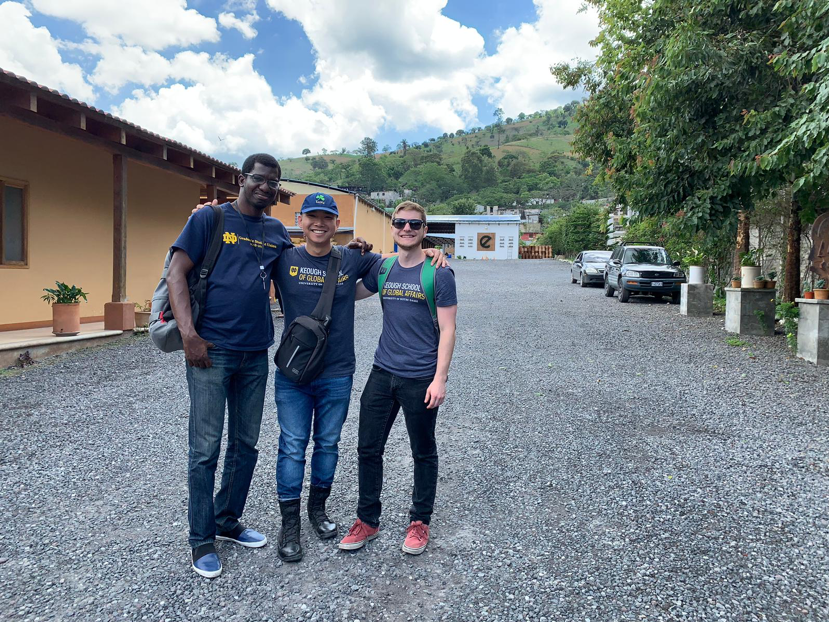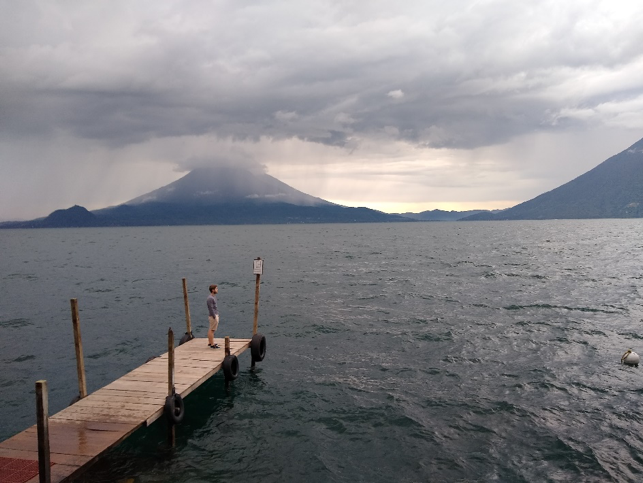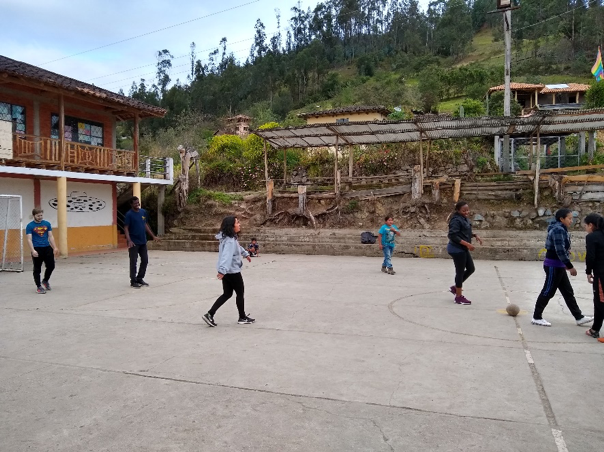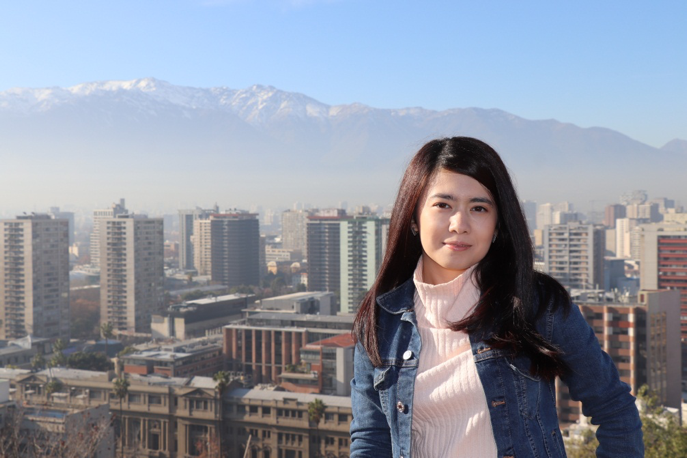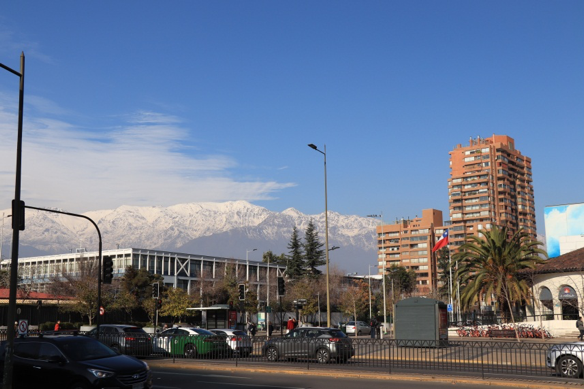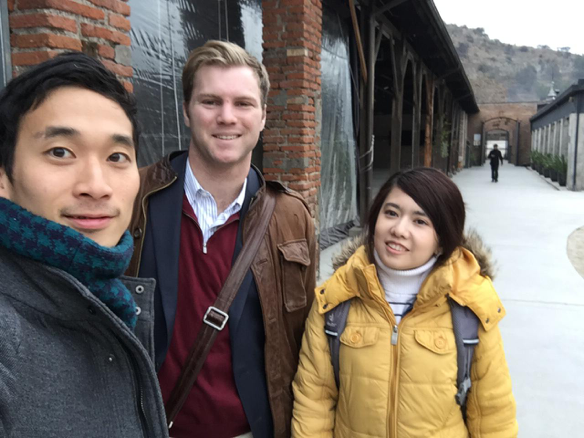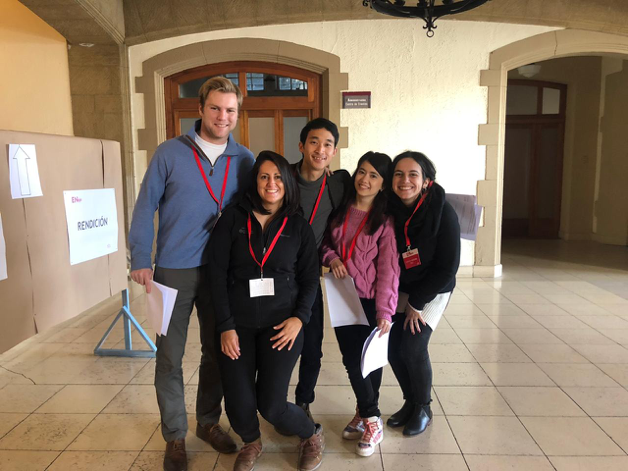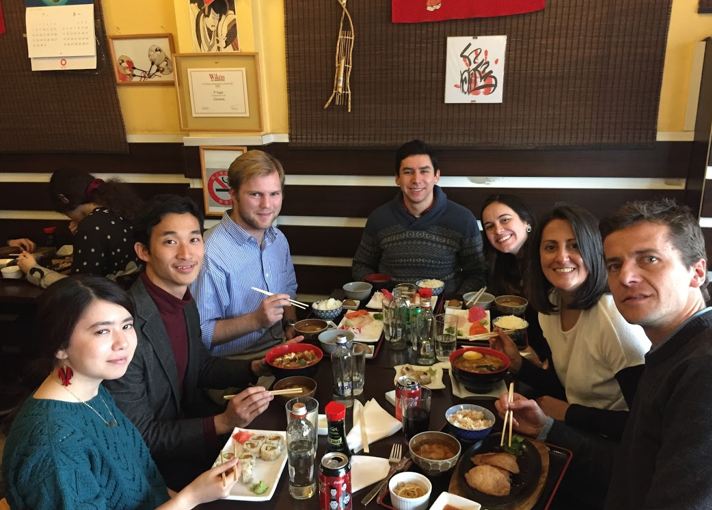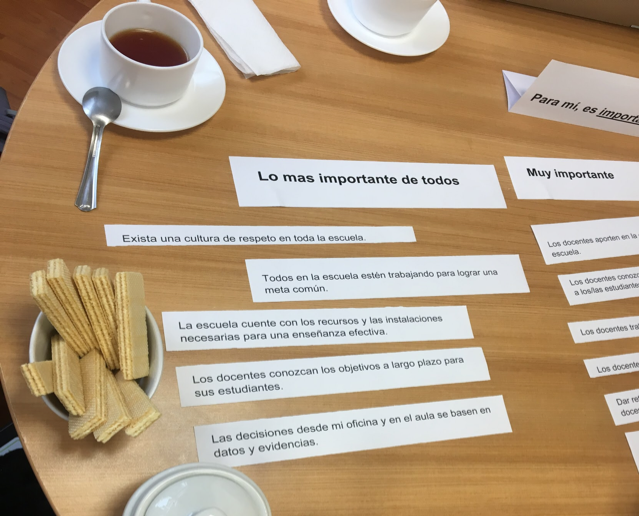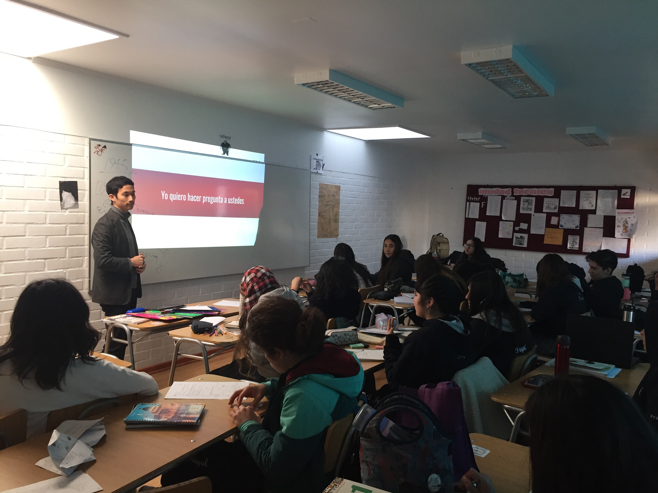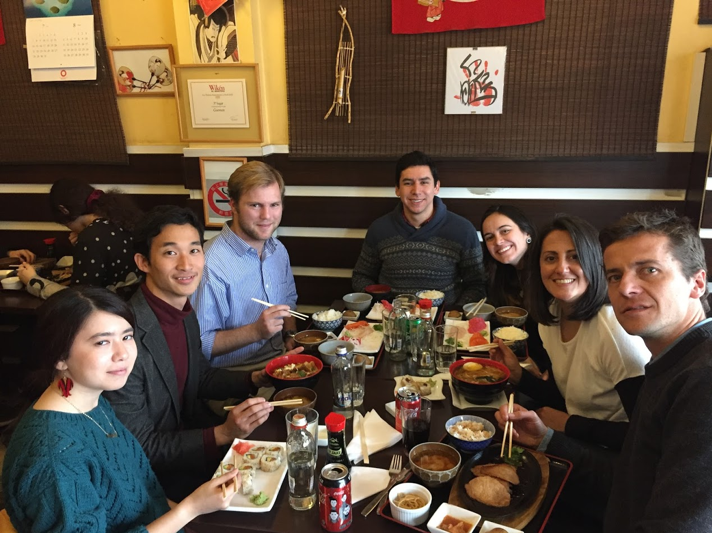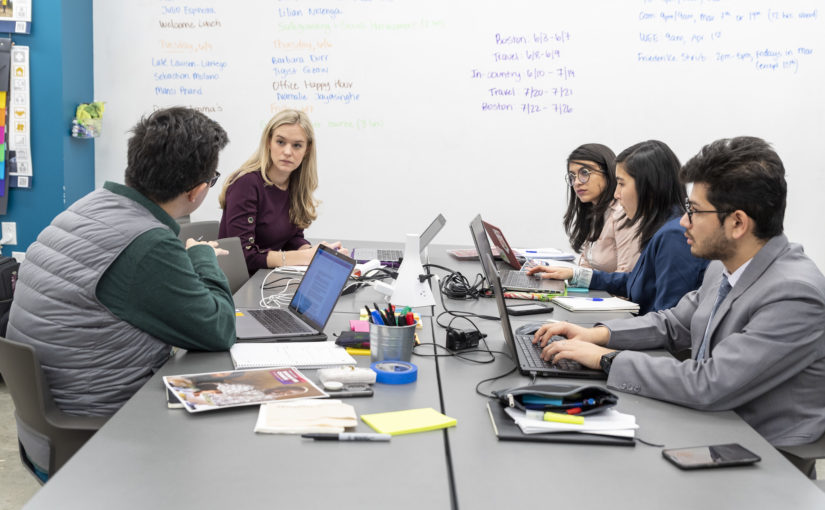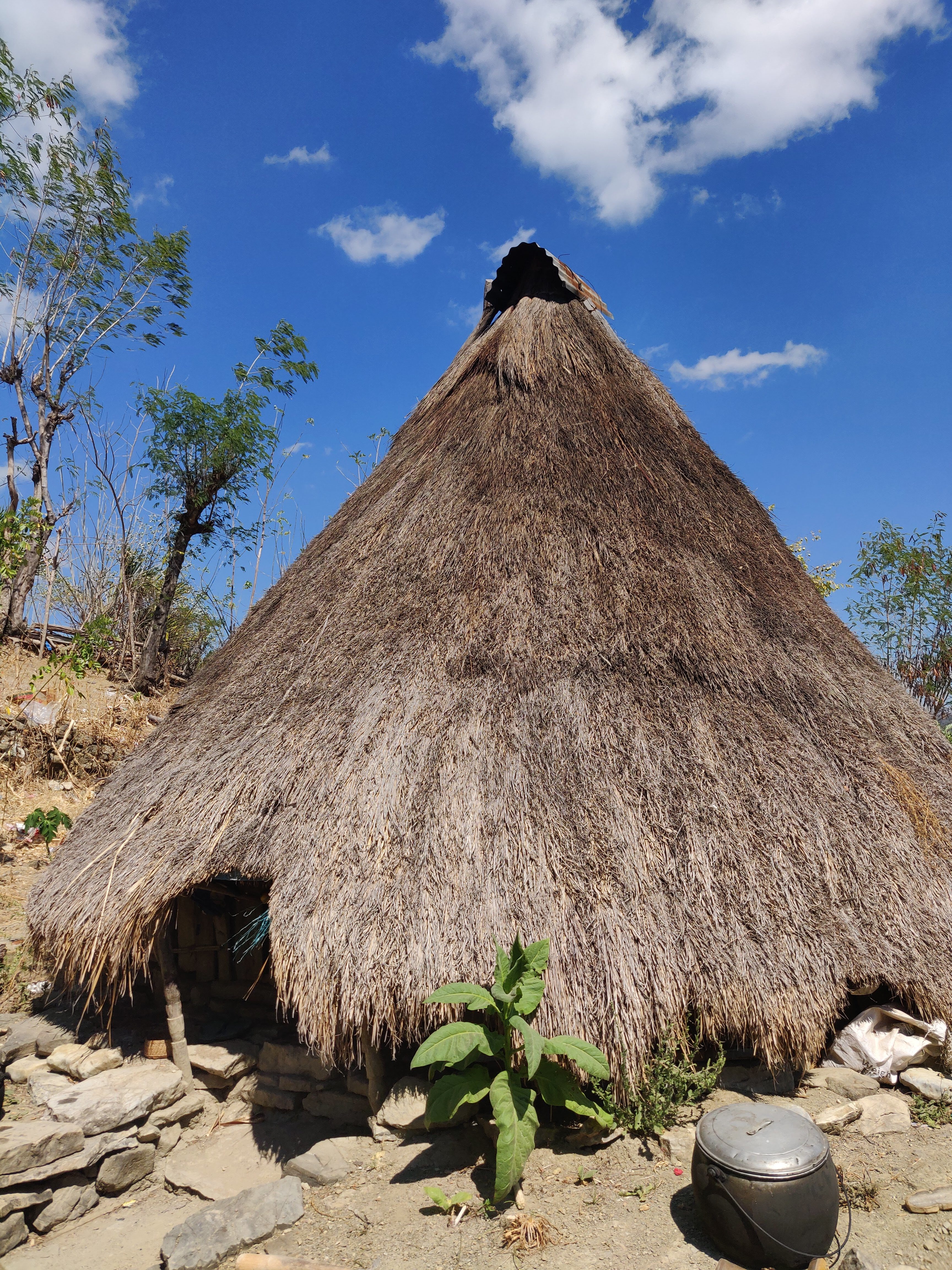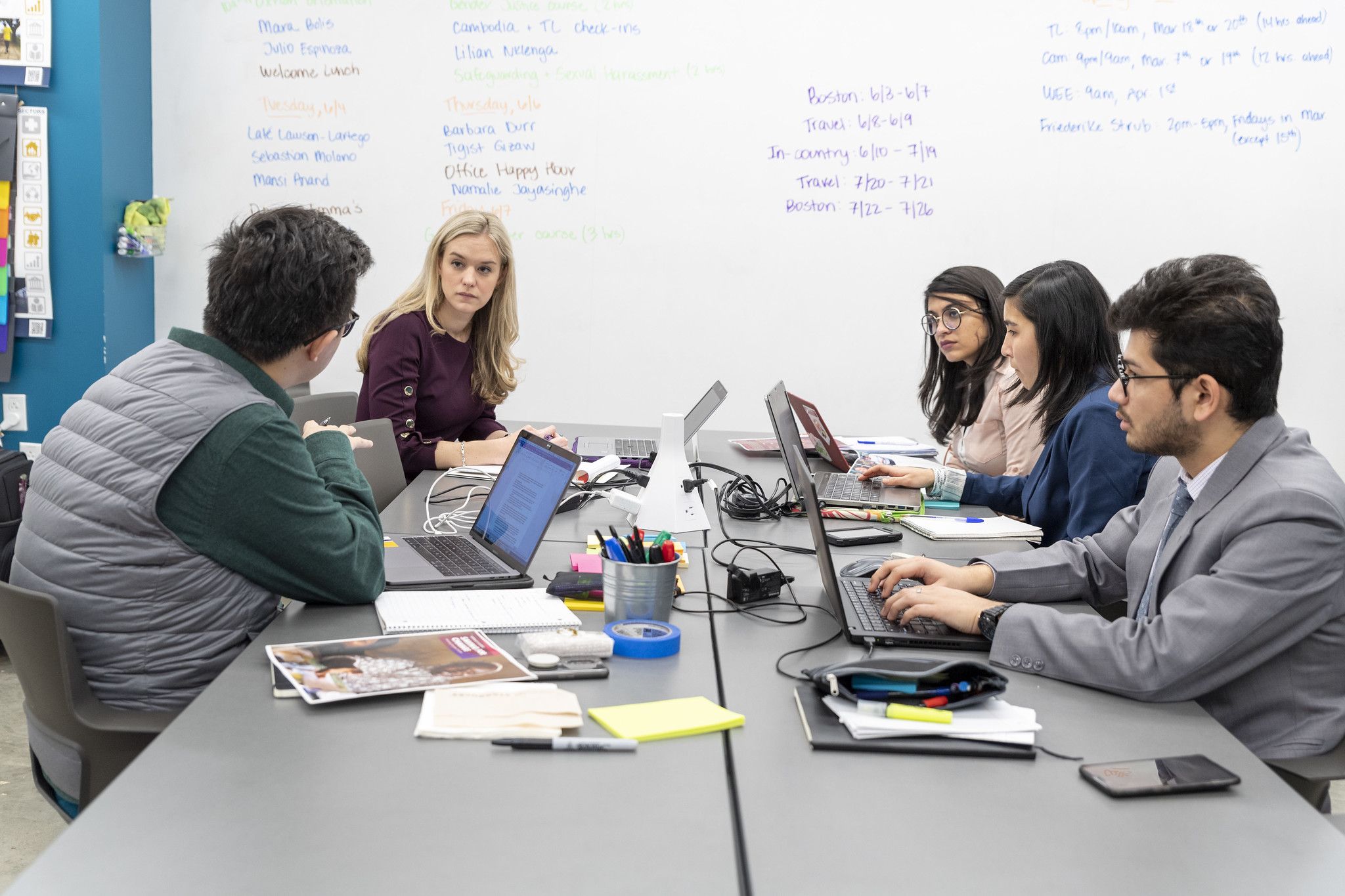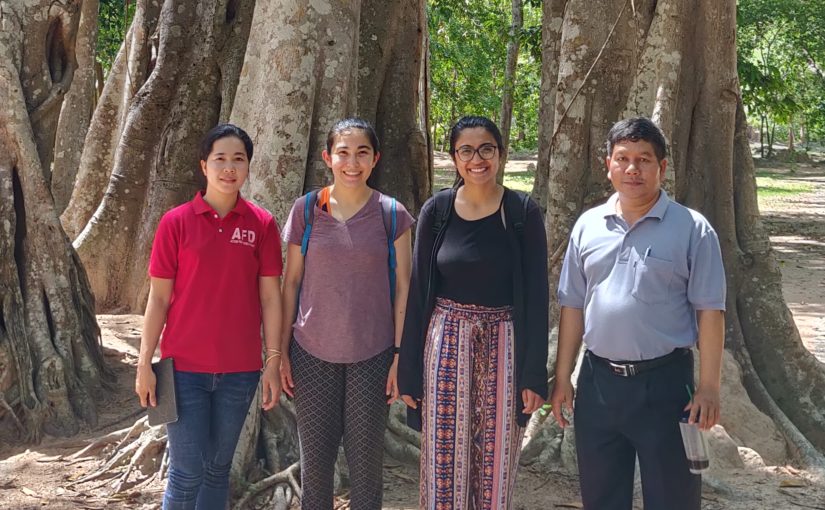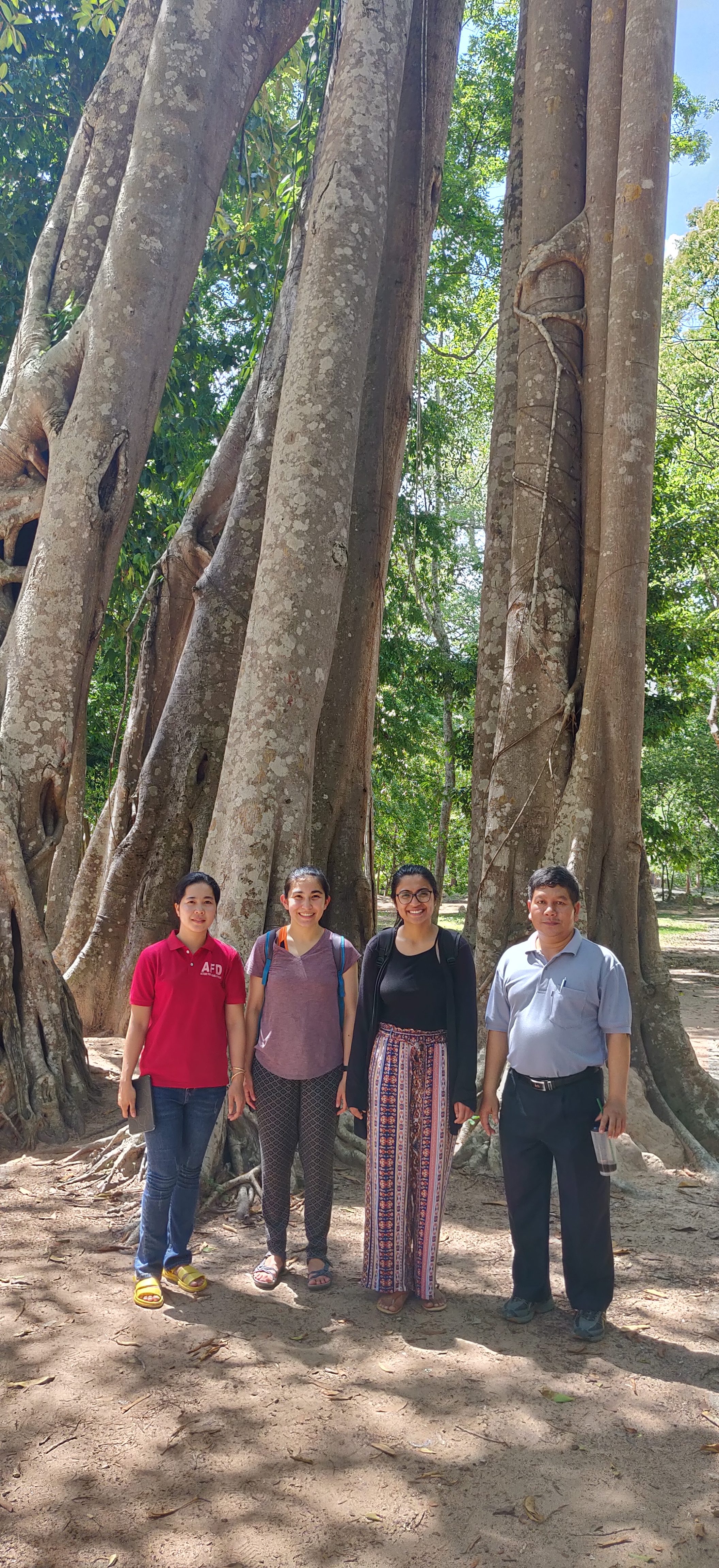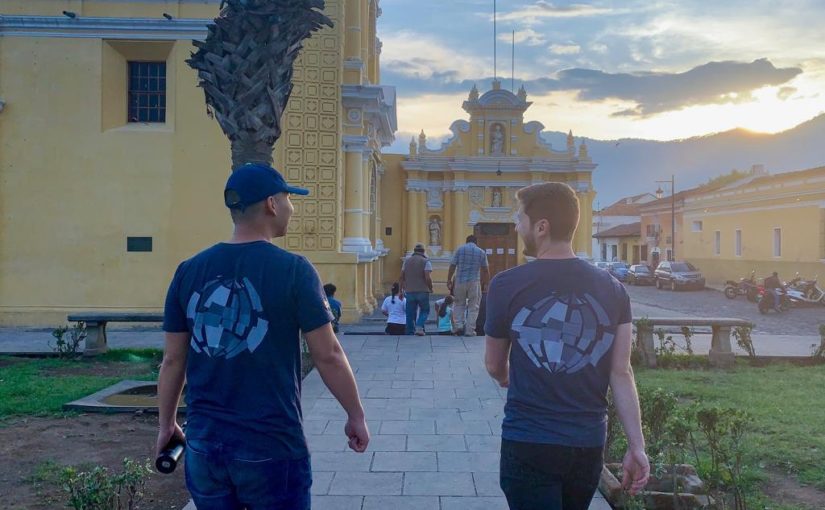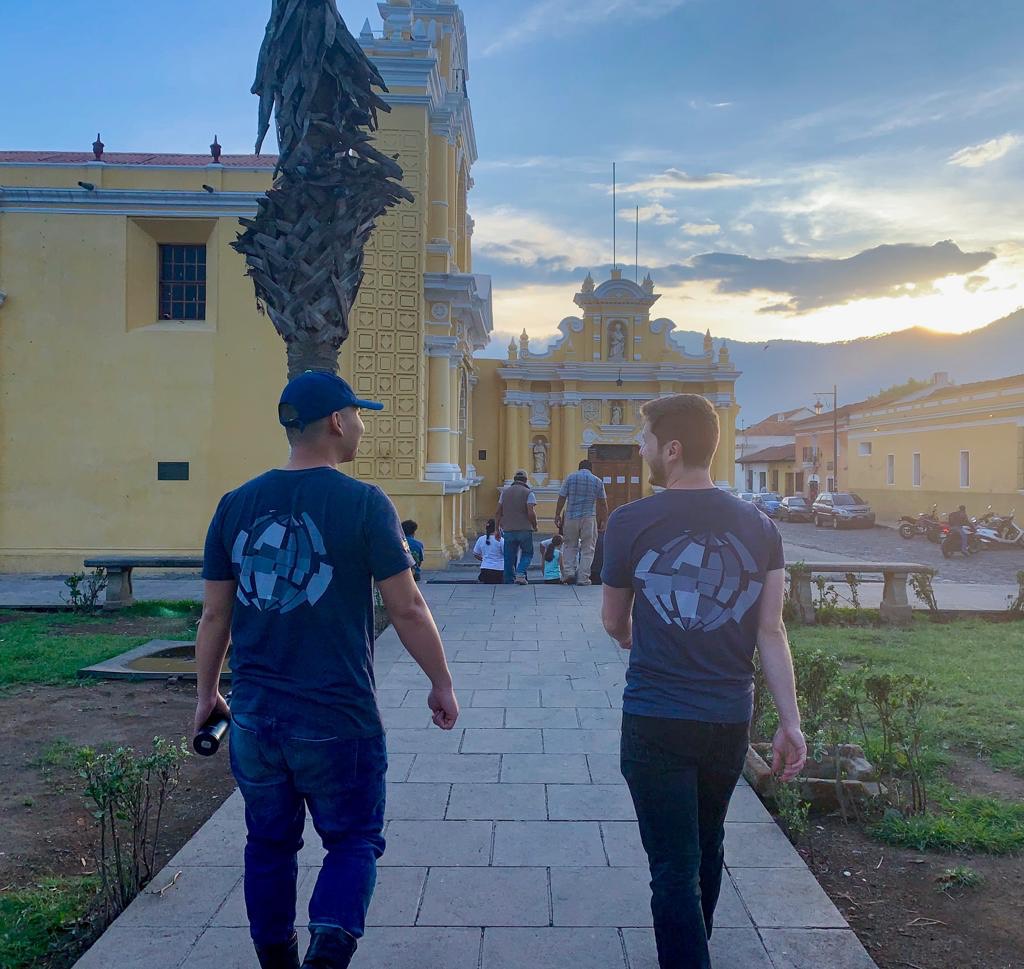By: Nate Van Duzer
Last spring in our Strategic Peacebuilding course, the MGA Peace Studies students learned about the concept of “the moral imagination” from peacebuilder and former Kroc Institute faculty member John Paul Lederach. I’ve been reflecting on this concept during my six-month field placement as a researcher with the International Campaign to Abolish Nuclear Weapons (ICAN) in Geneva, Switzerland. It strikes me that, in the world of international advocacy, ICAN exhibits a clear moral imagination.
In 2017, ICAN was awarded the Nobel Peace Prize for its successful campaign that led to the landmark 2017 United Nations Treaty on the Prohibition of Nuclear Weapons. Underlying the campaign’s hard work was a simple premise: focus the conversation on the catastrophic, real-world humanitarian consequences of nuclear weapons, not on abstract political concepts.
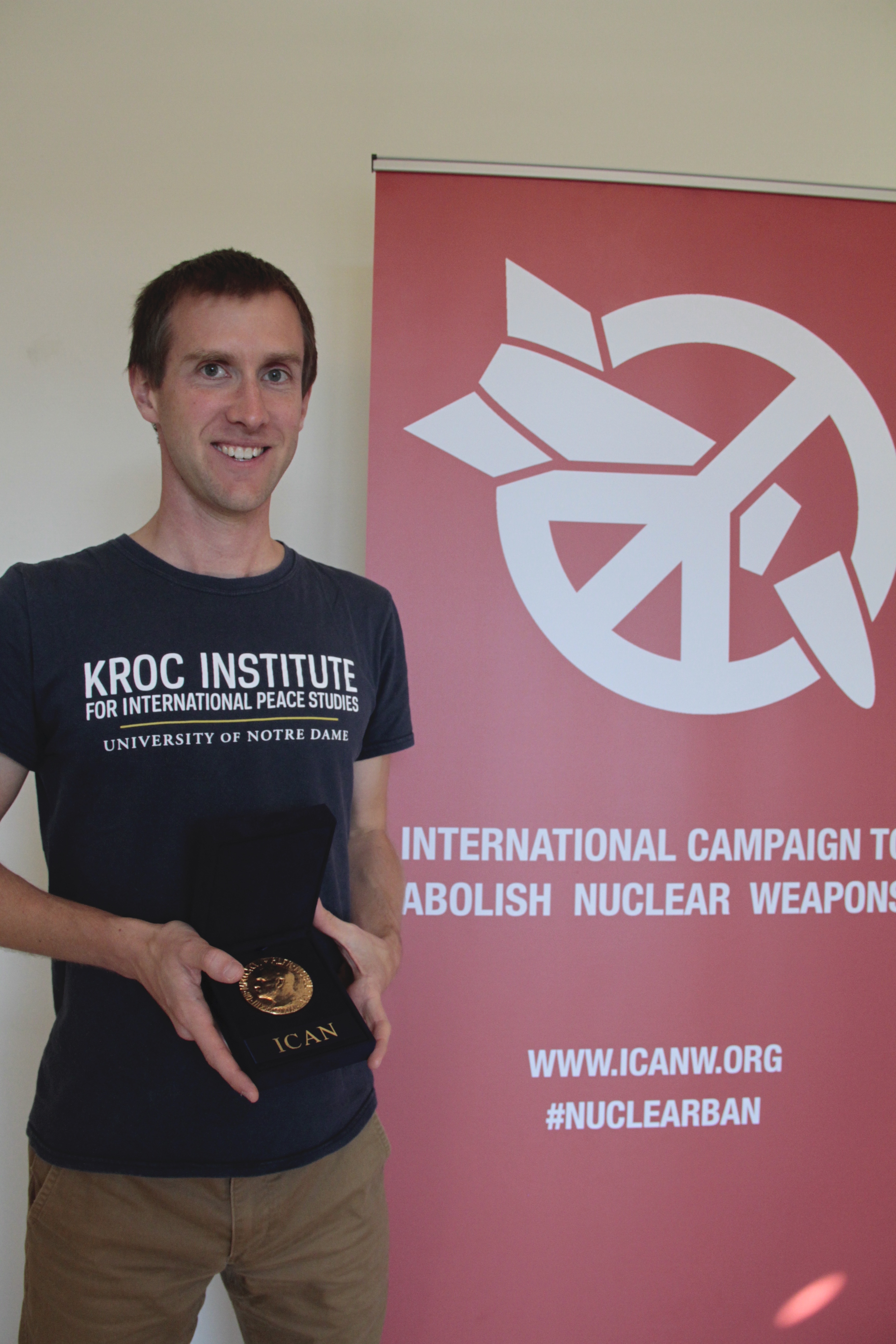
Nuclear weapons used to be the only category of weapons of mass destruction not banned by international legal instruments, but the 2017 treaty fills that gap. More than two-thirds of the world’s states support it; governments around the world have been engaging in internal processes to ratify the treaty, which will enter into force once 50 nations ratify it.
In his book The Moral Imagination, Lederach defines the title concept “as the capacity to imagine something rooted in the challenges of the real world yet capable of giving birth to that which does not yet exist.” Developing a moral imagination is a community vocation, not just an individual one. With hundreds of partner organizations around the world, ICAN builds a shared vision of a world without nuclear weapons.
Some critique the work for a future without nuclear weapons as being hopelessly idealistic or irrational. In her speech accepting the Nobel prize on behalf of ICAN, Executive Director Beatrice Fihn countered, “but we represent the only rational choice. We represent those who refuse to accept nuclear weapons as a fixture in our world, those who refuse to have their fates bound up in a few lines of launch code.” Later in the speech Fihn declared, “those who say that future is not possible need to get out of the way of those making it a reality.”

ICAN recognizes the challenges of the current moment in nuclear disarmament policy. Regular news headlines showcase what seems to be a renewal of the nuclear arms race among the nine states with nuclear weapons. But the organization remains hopeful in its outlook, believing in the possibility of an end goal that many cannot even envision. This belief, in my opinion, is the moral imagination at work.
In my first year after college, I worked for an organization called Sojourners. The head of that organization, Rev. Jim Wallis, often says, “hope is believing, in spite of the evidence, and then watching the evidence change.” As more countries ratify the 2017 treaty, as more financial institutions refuse to fund companies that produce nuclear weapons, as more parliamentarians in nuclear-weapons-supporting states sign a pledge to support the 2017 treaty, the evidence for how the world understands these weapons changes.
This fieldwork assignment at ICAN has proven to be a refreshing perspective shift for me. For almost a decade before enrolling at Notre Dame, I worked inside local government institutions. A lot of good work can be accomplished from within government, but it is easy in that environment to get stuck in existing paradigms and lose vision about what other futures might be possible. Effective civil society advocacy can remind us of those alternative futures–and give us a glimpse of the moral imagination at work.
